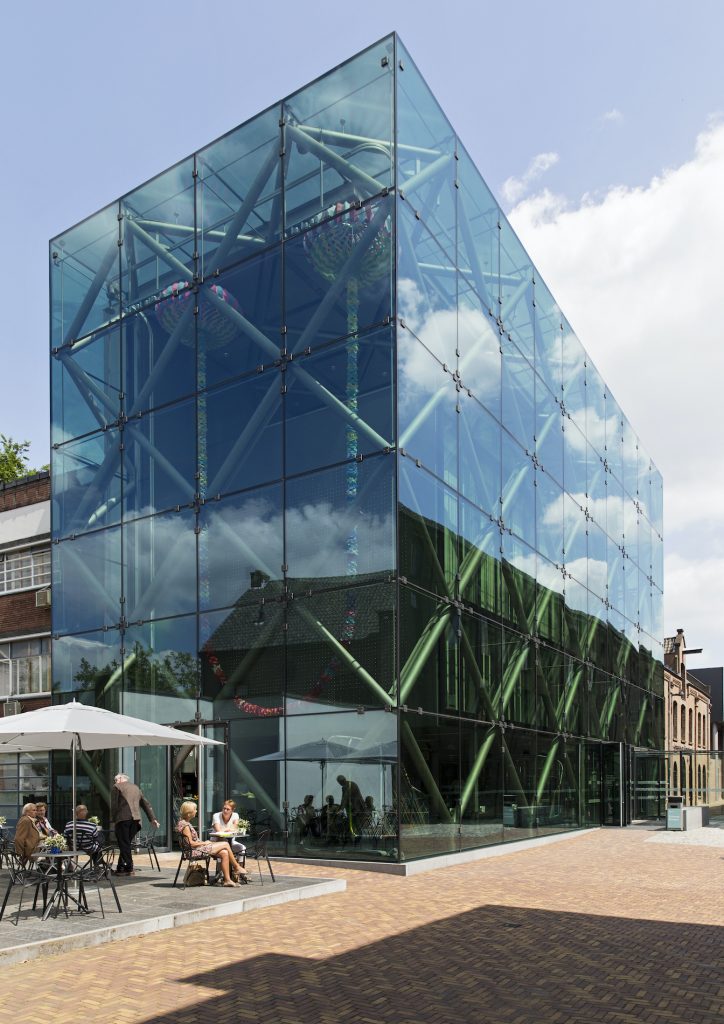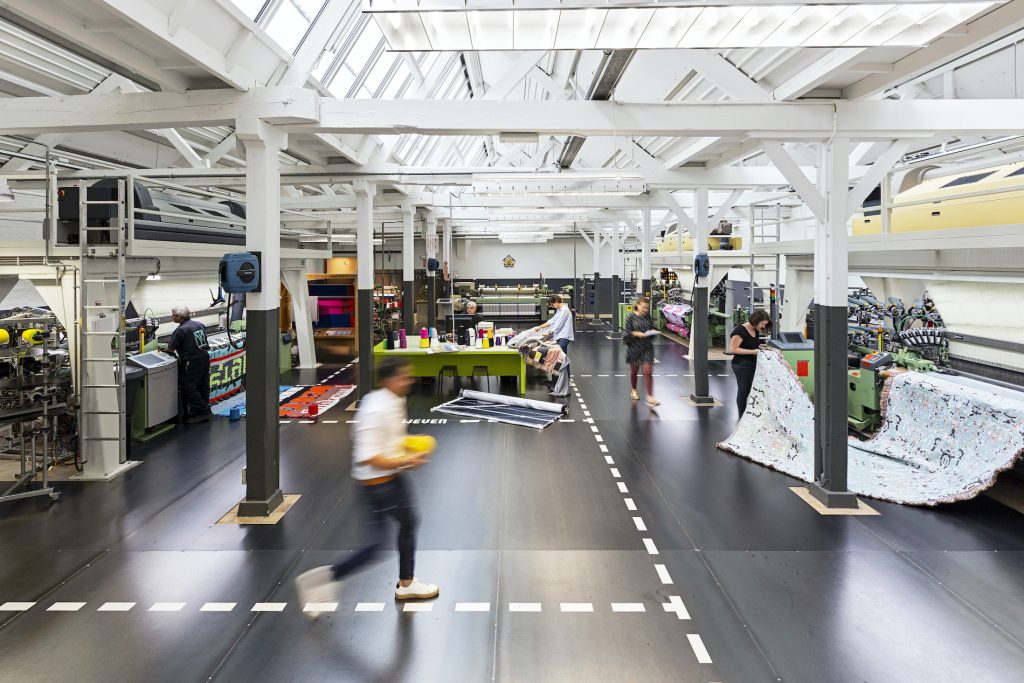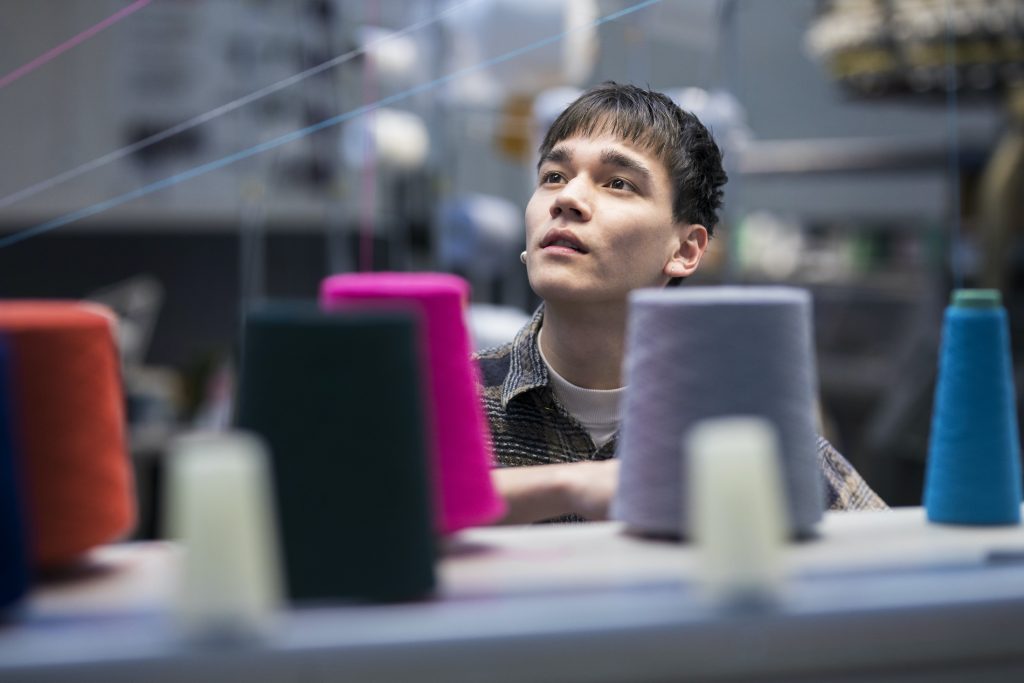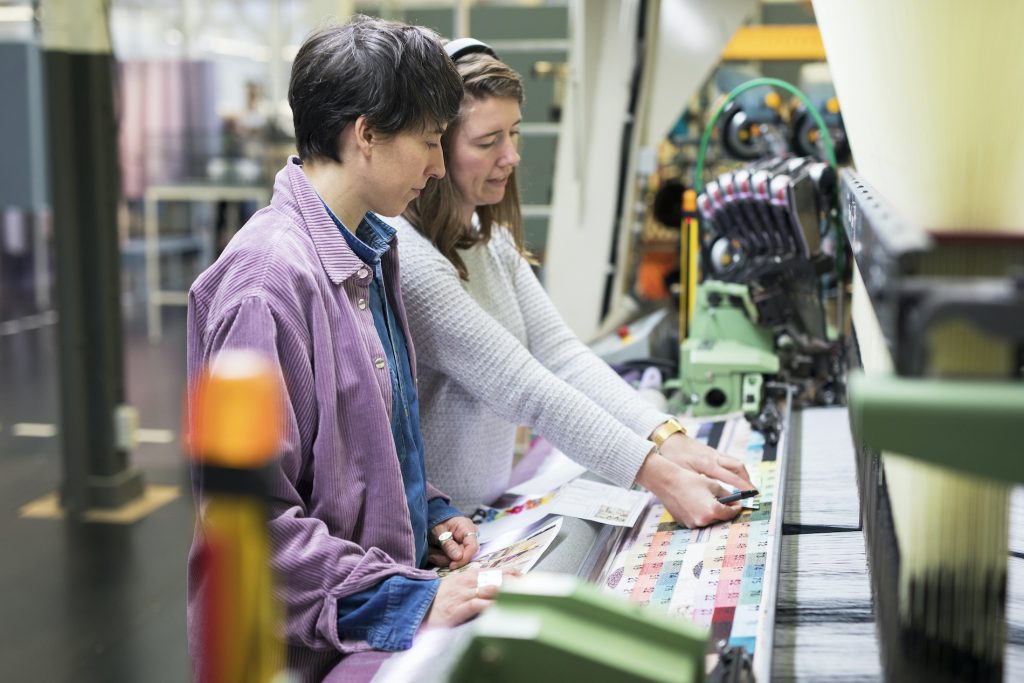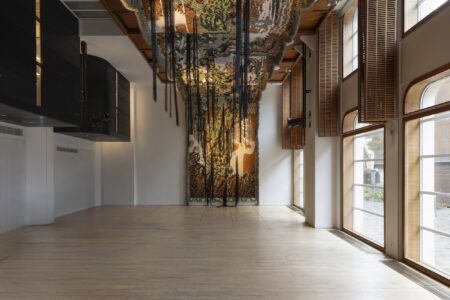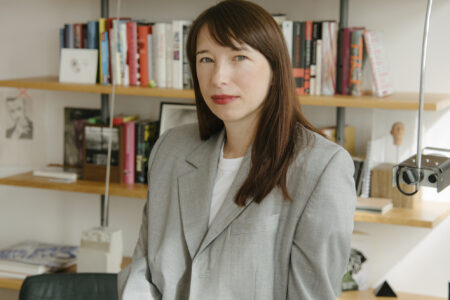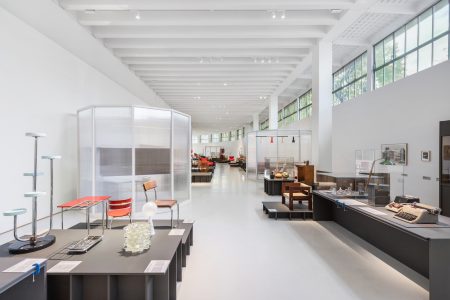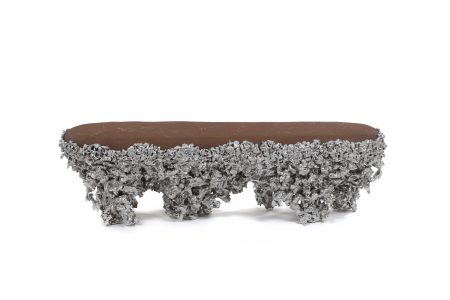Errol van de Werdt: Rethinking the TextielMuseum
TLmag sat down with Errol van de Werdt, the director of the TextielMuseum, to talk about the current field of textiles and the future.
The TextielMuseum is located in Tilburg, a city with a rich history in textiles and its production. Next to presenting exhibitions, the institute revolves around the TextielLab which aims to bring together design, art, fashion, heritage, and innovation. TLmag sat down with director Errol van de Werdt to talk about this unique space, the current field of textiles, and took a look into the future.
TLmag: Could you reflect on the DNA of the TextielMuseum and TextielLab? What is it rooted in, what does it focus on?
Errol van de Werdt (E.W.): We believe that everyone has a connection with textiles, it is all around us and is interwoven in the fabric of our daily lives. Textiles can make the world a bit more safe, efficient, social, comfortable, beautiful, and, in the end, also more sustainable. The thing is that we are not always aware of this anymore. There was a time we saw with our own eyes how our grandmother would choose the wool, how it took hours to get it fit. The situation today is very different… The making process has become largely invisible. Fashion got fast. We no longer have any idea how things are made, what they are made of if they are good, or bad. We have become a bit disconnected from the world around us, estranged from the objects we surround ourselves with. What the TextielMuseum focuses on is to restore this connection and make people aware of their surroundings again. We believe making things and seeing things being made enables this. The TextielMuseum is not a standard museum. In our research & development center – the TextielLab – artists, and designers work on a daily basis developing artworks, design objects, and interior projects. Together with our textile artists research, experiment, sample, and create the most innovative textiles on our machines. Visitors are able to peek over the shoulder of the artists and get creative in the museum’s workshops and other activities.
The TextielMuseum is unique in that it brings together everything related to textiles: inspiration, knowledge, heritage, craftsmanship, creation, innovation, education, and entrepreneurship. We do this by including everybody: professionals and aficionados, artists and business people, and people of all ages. Our motto is, discover what textiles can do because it is everywhere. It’s a bigger world than most people understand and are aware of.
TLmag: Listening to your explanation it seems to be in line with the concept of aesthetic sustainability, a theory by Kristine Harper which uses engagement with textiles to educate on sustainability, is that something you recognise?
E.W.: Definitely. For that, I have to walk you through our plans. Recently, we made a proposal in which we envisioned the TextielMuseum of the future, which entails the whole world of textiles with a particular focus on what artists and designers can do.
This plan is twofold. On the one hand, we realise that textiles have a bad record of social behaviour. Generally, around the world circumstances in textile factories have not been, and often still aren’t, good. So as a museum with big ambition and a global focus, we have to give a good example that textiles should focus on social relevance. People should be aware of the fact that it’s one of the most polluting industries in the world. We think that we have a moral obligation in paying attention to this matter.
We do this by inspiring people to recycle, repair and redesign. For example in our autumn exhibition Long Live Fashion museum visitors can discover how clothing can have a second life. In the micro-factory – a tiny machine park existing of all machines you need to make a piece of clothing – people can have their own circular fashion item made of recycled textiles. It is a fun process to experience, and at the same time makes you realise the difficulties within the textile industry. What we always say, a T-shirt for five euros can’t be good.
On the other hand, we have to give an example to communities of artists and designers to work more sustainable. This is why we conduct research projects on recycling, sustainability, new materials, and work on sharing this knowledge. We have even bigger plans for the future. For example, we’re aiming to re-use the partially empty factory next to our museum to build a sustainable and circular hub. We’re hoping to welcome visitors there who can bring their textiles, to create a factory together with partners in recycling and upcycling textiles. In that way, we can make textiles responsible, sustainable, and engaging.
TLmag: How do you see the current field of textile design evolving worldwide?
E.W.: When rethinking the museum, we looked at some developments in the world of textiles. If you focus on that, you can see digitisation has brought us a completely new industrial revolution. Almost two hundred years ago, the steam machine was the most innovative discovery at that time which gave us the opportunity to produce in a much quicker way. Now, digitisation brought us new perspectives.
What we see is that new technologies are very present in our time and that has also created the need to use alternative material resources, to work sustainably and to create with personalisation. 3D printing is a new technology, for example, which is also available at home. So what you can imagine is that in the future, new technologies give new ways of production. In the future, there might not be the need to transport textiles or other goods from the other end of the world to our homes.
What you also see is that there is a lack of resources, there is a need to rethink our materials. Working more sustainable can be done by looking around in your own area, which many artists and designers are researching right now by making pottery with local clay instead of ordering it from the other side of the world, for example. We are really looking for new alternative materials since there will be a lack of that in the future. Next to that, sustainability is also a really important item because of overproduction. In fashion, many brands produce two collections each season and that should stop.
TLmag: what role does the TextielLab currently play in this previously described evolving field?
E.W.: We created three strategies, the first one is creating an ideal place to work for artists and designers, to strengthen and innovate the practice of working with textiles. The second rule is to create an ideal place for talented young people to learn and to discover new skills next to the more experienced people. The third is that we provide facilities for the visitor. When you come to the museum you will enter as a visitor and you leave as a creator, that’s what we aim for. It’s important for visitors to learn about creative processes, learn how to design, to work together with a designer. What we try to provide is an ideal place where all the needed (alternative) materials and skilled people who can guide you through the process are present, to create a place for research and development. You can play as a designer and as an artist in our TextielLab, to discover new applications. That’s what we think is really important, it’s all about facilitating the makers.
It has an educational goal behind it because we strongly believe that young generations need to learn about 21st Century Skills like working in small multidisciplinary groups. We are thinking in terms of creating, questioning conventional ways of doing things, and learning to apply new digital techniques.
TLmag: since starting as a director of the TextielMuseum, what are you most proud of?
E.W.: I’ve been working here for nearly nine years and much of that time we were focused on rethinking the TextielMuseum, which entails the plan which I had just shared. We have the ambition to completely redevelop the area in which the museum is situated, including the ambition to create a circular hub in one of the factory buildings.
We started using new methods of developing our programs in co-creation with makers, companies, the public, and the neighbourhood. We invite people to use the museum as a place to tell stories, so we are able to be a place of meaning. It really aims to work as a network organisation with partners to deal with specialised topics like recycling and upcycling. These are topics we don’t have all the right resources for, so we’re working with partners. It will be a network organisation, a creative hub, in which people can learn, work, discover. That’s what I’m most proud of.
Cover photo: Errol van de Werdt © Willeke Machiels
